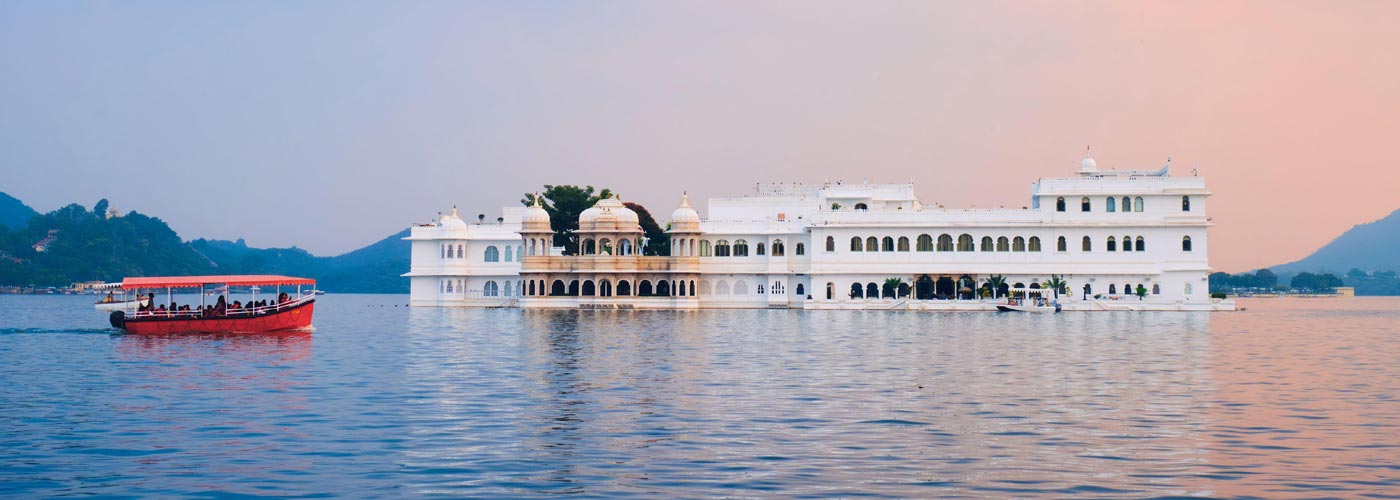Monsoon Palace Udaipur
The Monsoon Palace, also known as the Sajjan Garh Palace, is a hilltop palatial residence in the city of Udaipur, Rajasthan in India, overlooking the Fateh Sagar Lake. It is named Sajjangarh after Maharana Sajjan Singh (1874–1884) of the Mewar Dynasty, who it was built for in 1884. The palace offers a panoramic view of the city's lakes, palaces and surrounding countryside. It was built chiefly to watch the monsoon clouds; hence, appropriately, it is popularly known as Monsoon Palace. It is said that the Maharana built it at the top of the hill to get a view of his ancestral home, Chittaurgarh. Previously owned by the Mewar royal family, it is now under the control of the Forest Department of the Government of Rajasthan and has recently been opened to the public. The palace provides a beautiful view of the sunset.
Its builder, Maharana Sajjan Singh, originally planned to make it a five-storey astronomical centre. The plan was cancelled with Maharana Sajjan Singh's premature death. It was then turned into a monsoon palace and hunting lodge.
High in the Aravalli Hills, just outside Udaipur, the Palace is illuminated in the evenings, giving a golden orange glow (see image in the infobox). The palace was used in the 1983 James Bond film Octopussy as the residence of Kamal Khan, an exiled Afghan prince.
History of Sajjangarh Fort
The construction of the Monsoon Palace/ Sajjangarh Fort & Palace began under the command of Maharana Sajjan Singh. Maharana Sajjan Singh was an influential thinker, developer and a short-lived ruler of Mewar dynasty. Even though he ruled for ten years only (from 1874-1884), he made an extraordinary contribution in preserving and establishing the glory and culture of the Udaipur City. His civil works included construction of dams and roads, water supply and infrastructural developments.
Under the reign of Maharana Sajjan Singh, in the 19th century, Udaipur has been crowned with the second municipality of India. In November 1881 on the occasion of Queen Victoria’s crowning, the Maharana was awarded the title “Grand Commander of the Star of India” by Lord Ripon.








